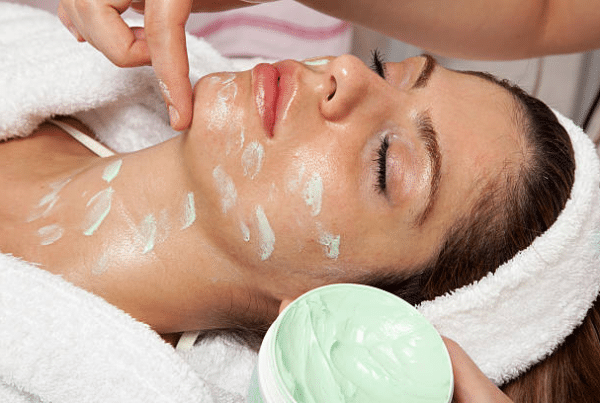What Exactly is Micro-Needling?
Micro-needling, also known as collagen induction therapy, is a minimally invasive cosmetic procedure that involves the use of a device with fine needles to create controlled micro-injuries (or punctures) in the skin’s surface. These tiny punctures stimulate the body’s natural wound healing process, leading to increased collagen and elastin production. Collagen and elastin are essential proteins that help maintain the skin’s youthful appearance, making it smoother, firmer, and more elastic.
Different Types of Micro-Needling Procedures
Micro-needling comes in various forms, including dermarollers, motorized pens, and radiofrequency micro-needling. Each type has unique attributes affecting pain perception.
The Pain Perception: Debunking the Myths
Pain Thresholds and Individual Variations
Pain perception varies greatly from person to person. Factors like tolerance levels and mental preparedness play a crucial role in how one experiences pain during micro-needling.
Anesthesia and Numbing Creams: Do They Help?
Many clinics offer topical anesthesia or numbing creams to minimize discomfort during the procedure. While they can alleviate pain, individual responses differ.
Real Experiences: Stories from Micro-Needling Recipients
Listening to firsthand accounts from individuals who have undergone micro-needling can provide valuable insights into what to expect in terms of pain and discomfort.
The Recovery Process: Pain vs. Gain
Managing Discomfort After Micro-Needling
Post-procedure discomfort is common and usually resembles a mild sunburn. Proper aftercare can significantly reduce the pain and expedite the healing process.
How Long Does the Pain Last?
Typically, the initial discomfort subsides within a few days. However, complete recovery times vary depending on the individual and the intensity of the procedure.
Factors Influencing Pain Levels During Micro-Needling
Depth and Density of the Procedure
Deeper and denser micro-needling sessions may cause more discomfort but often yield more dramatic results.
Skin Sensitivity and Type
Individuals with sensitive skin might experience slightly more pain. Additionally, different skin types react differently to the procedure.
Professionalism of the Practitioner
A skilled and experienced practitioner can significantly minimize pain by ensuring the procedure is performed efficiently and accurately.
Alternatives to Micro-Needling: Are They Less Painful?
Comparing Micro-Needling with Other Cosmetic Procedures
Exploring alternative cosmetic procedures and their associated pain levels can help individuals make an informed decision based on their pain tolerance.
Expert Opinions: What Do Dermatologists Say?
Dermatologists provide valuable insights into the pain aspect of micro-needling, shedding light on the procedure’s safety and efficacy.
Conclusion: Balancing Beauty and Pain
While micro-needling may cause discomfort, the potential benefits in terms of skin rejuvenation often outweigh the temporary pain. Understanding individual pain thresholds and proper aftercare are vital for a positive experience.
 5 6 1 . 8 1 0 . 0 5 5 5
5 6 1 . 8 1 0 . 0 5 5 5 








